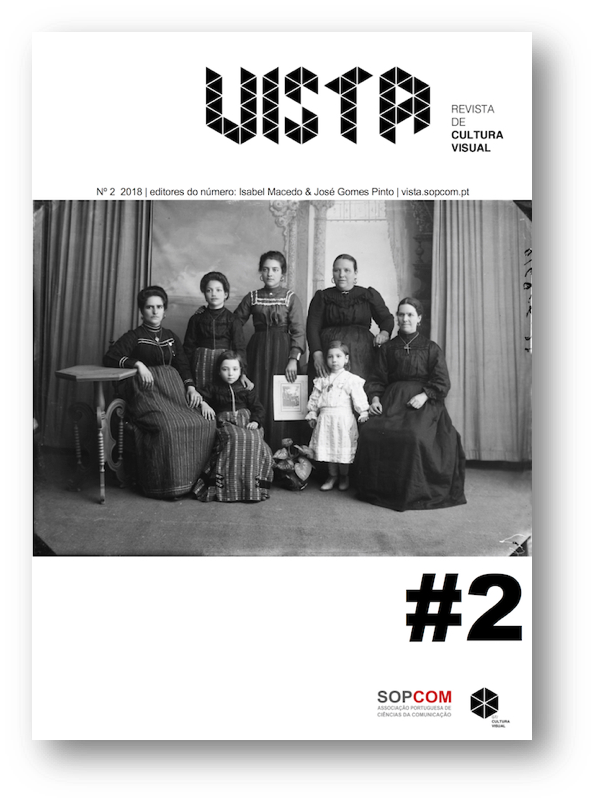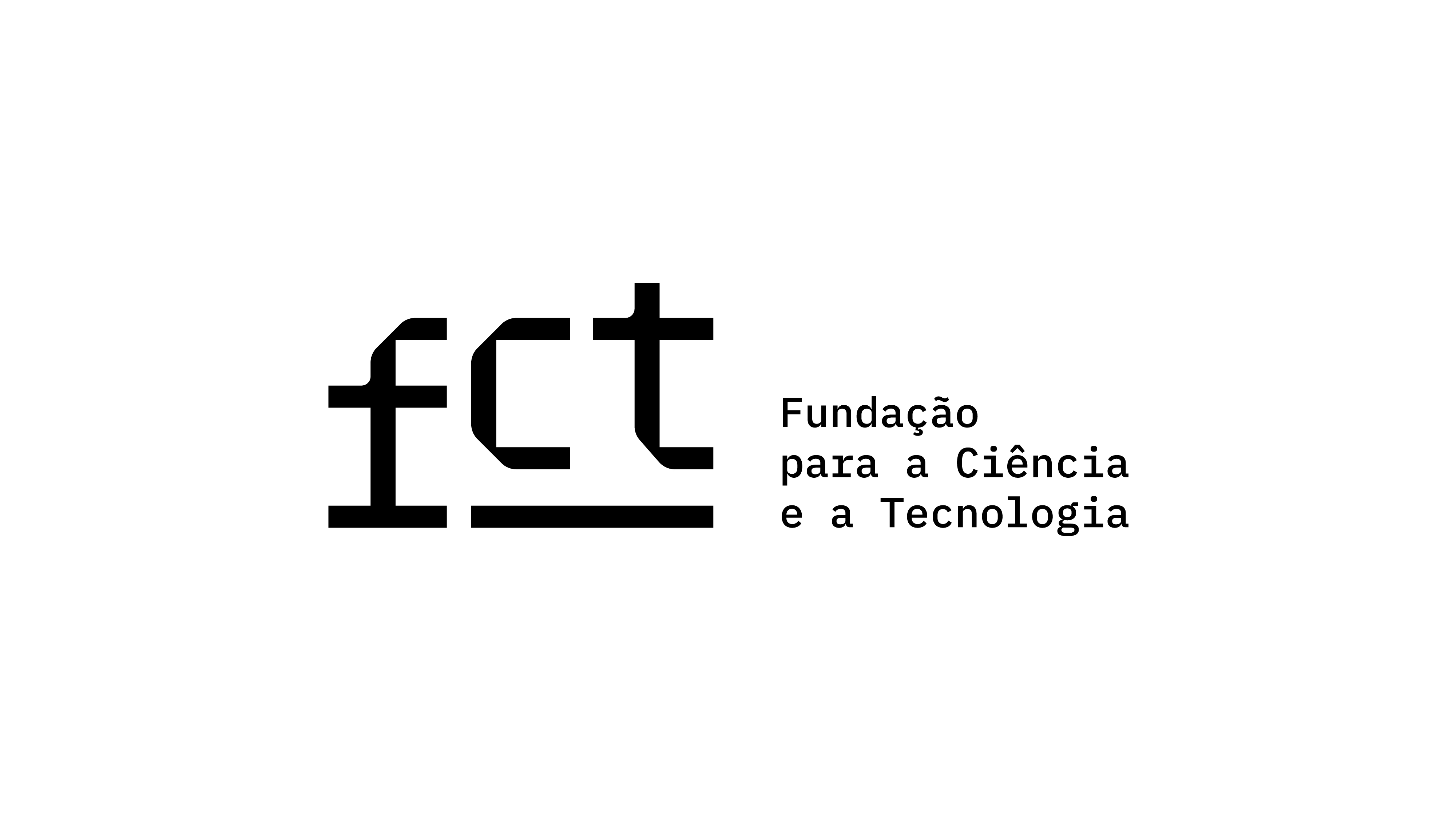Discursos cruzados - memória e arquivo, individual e coletivo
DOI:
https://doi.org/10.21814/vista.3011Keywords:
archive, memory, image, historyAbstract
Collective memory is a disputed field, influencing our individual memory. It is supported by a number of places of memory including, but not limited to the archive. The archive is the support of official history. Collective memory is rebuilt according to social needs. It should be made established by history, however history does also change.
There are other materials for the individual and family memory, including family album. This memory can also be destructed and reconstructed, according to family emotional and material needs. Family album includes records of people and occasions absent from official archives.
A new history would encompass broader themes and sources and will need to incorporate personal and family albums and archives in local museums and archives.
Downloads
References
Barthes, R. (1981). A Câmara Clara. Lisboa: Edições 70.
Bourdieu, P. (1965). Un Art Moyen. Paris: Minuit.
Briggs, A. (1989). A Victorian Portrait, Victorian Life and Values as Seen throught the Work of Studio Photograpers. Nova Iorque: Harper & Row.
Cardoso, D. M. C. (2014). Imagem e propaganda em Portugal durante a Segunda Guerra Mundial. Dissertação de mestrado. Lisboa: ISCTE-IUL.
Cooksey, J. (2017). The Vest Pocket Kodak and the First World War. Lewes: Amonite Press.
Corbin, A. (1990). Os Bastidores. In P. Aríes & G. Duby (Dir.), História da Vida Privada (pp. 413-611). Lisboa: Afrontamento.
Fabri, P. (1997). Image et Politique. Actes Sud, sl..
Felman, S. (1999). Silence de Walter Benjamin. Les Temps Modernes, 606, 1-46.
Ferguson, N. (1997). Virtual History. Londres: Papermac.
Freund, G. (1974). Photographie et société. Paris: Seuil.
Gervereau, L. (1998). Un Image ne Parle Pas. In F. Docquiert & F. Piron (Dir.), Image et Politique (pp. 47-58). Paris: Actes Sud.
Gherardi, S. (1995). Gender Symbolism and Orgazational Cultures. Londres: Sage.
Halbawachs, M. (s.d.). On Collective Memory. Chicago: University of Chicago Press.
Hirsh, M. (1997). Family Frames, Photography, Narrative and Post-Memory. Cambridge: Havard University Press.
King, D. (2014). The Commissar Vanishes: The Falsification of Photographs and Art in Stalin’s Russia New Edition. Londres: Tate.
Le Marec, G. (1985). Les Photos Truquées. Paris: Ed. Atlas.
Lequin, I. (1983). Histoire des Français, XIXéme, XXéme Siècles, La Société. Paris: Armand Colin.
Linkman, A. (1993). The Victorians - Photographic Portraits. Londres /Nova Iorque: Tauris Parque Books.
Losurdo, D. (2008). Stalin. Storia e critica di una leggenda nera. Roma: Carocci.
Martens, L. (1994). Un autre regard sur Staline. Anvers: EPO.
Martin-Fugier, A. (1990). Os Ritos da Vida Privada Burguesa. In G. Duby & M. Perrot, História da Vida Privada, 4o Vol (pp 193-285). Lisboa: Afrontamento.
Nora, P. (1978). Memória Coletiva. In Le Goff, et al. (dir.), A Nova História (pp. 451-454). Coimbra: Almedina.
Nora, P. (ed.) (1986). Les lieux de mémoire. Paris: Gallimard.
Osherson, D. et. al. (Eds.) (1990). Visual Cognition and Action, Vol 2.. Cambridge, Londres: MIT Press.
Pereira, M. H. (2010). O Gosto pela História, Percursos de História Contemporânea. Lisboa: ICS.
Pinheiro, N. (1997). As Classes Populares na Fotografia em Portugal no Início do Século XX. Lisboa: ISCTE.
Sá, C. P. (1998). Núcleo Central das Representações Sociais. Petrópolis: Vozes.
Sontag, S. (1986). Ensaios sobre Fotografia. Lisboa: Dom Quixote.
Tagg, J. (1988). The Burden of Representation, Essays on Photographies and Histories. Houndmills e Londres: Macmillan.
Tenfelde, K. (Dir.) (1994). Fotografie und Geschichte in Industriezeitalter. Munique: Verlag C.H. Beck.
Thompson, E. P. (1963). The Making of the English Working Class. London: Victor Gollancz Ltd.
Vidal-Naquet, P. (1991). A Democracia Grega, Ensaios de Historiografia Antiga e Moderna. Lisboa: Dom Quixote.
Vidal-Naquet, P. (1995). Les assassins de la mémoire. Paris: Le Seuil.
Downloads
Published
How to Cite
Issue
Section
License

This work is licensed under a Creative Commons Attribution 4.0 International License.
Authors own the copyright, providing the journal with the right of first publication. The work is licensed under a Creative Commons Attribution 4.0 International License.













